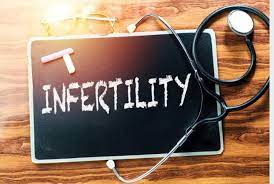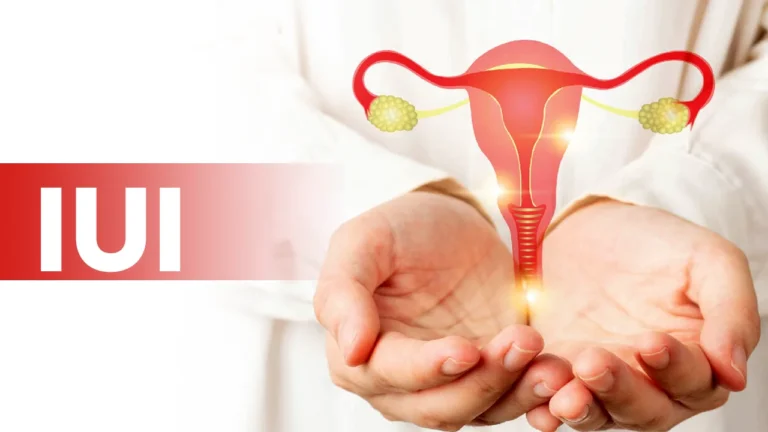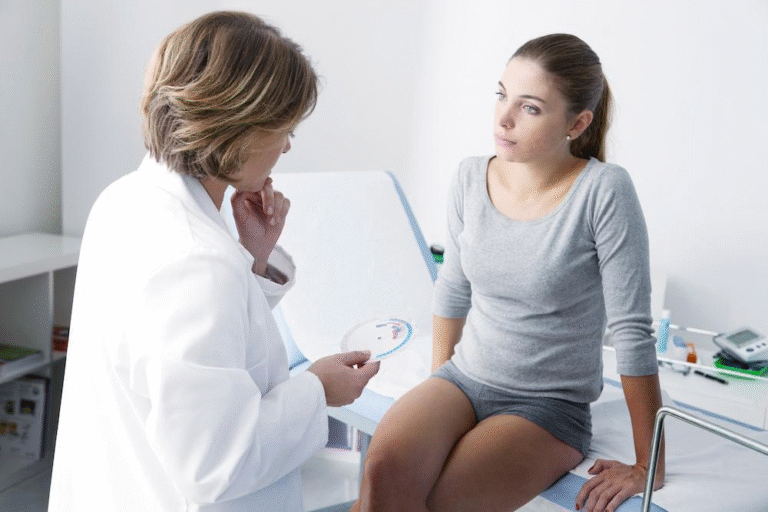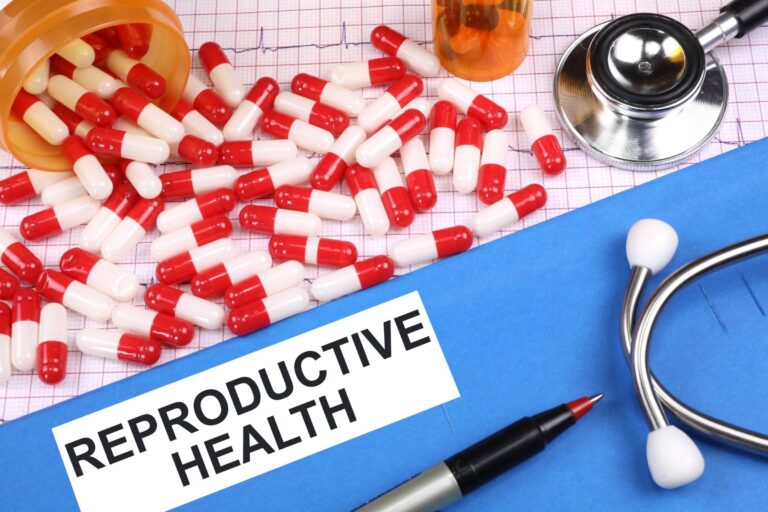Understanding the Role of EGD for Digestive Health
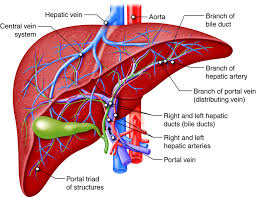
If you’re dealing with persistent stomach pain, heartburn, or swallowing difficulties, your doctor may recommend an EGD (esophagogastroduodenoscopy). This procedure examines your upper digestive system to diagnose conditions and guide treatment. Here is some information to help you understand EGD and see if it is the right option for you.
What is EGD?
An upper endoscopy, also known as an EGD, is a procedure that uses a thin, flexible tube equipped with a camera to examine the esophagus, stomach, and duodenum (the upper part of the small intestine). Lasting 15-30 minutes, it helps doctors identify issues like ulcers, inflammation, or abnormal growths. The endoscope also carries tools to perform biopsies, remove polyps, or treat bleeding, making EGD both a diagnostic and therapeutic procedure. It is commonly recommended for patients experiencing symptoms like persistent heartburn, difficulty swallowing, or unexplained abdominal pain.
What can EGD diagnose?
Esophagogastroduodenoscopy is used to help identify a wide range of digestive issues. It allows doctors to examine the lining of the esophagus, stomach, and upper part of the small intestine to diagnose conditions such as:
- GERD (Gastroesophageal Reflux Disease): Detects damage from stomach acid reflux.
- Peptic Ulcers: Reveals ulcers in the stomach or duodenum and tests for H. pylori bacteria.
- Inflammatory Conditions: Diagnoses include gastritis or esophagitis, which can cause pain and discomfort.
- Precancerous Changes or Growths: Early detection improves treatment outcomes for serious conditions.
It is a minimally invasive procedure that provides valuable insights into digestive health. By addressing issues early, esophagogastroduodenoscopy can help prevent complications and improve overall well-being.
What happens during EGD?
Most EGD procedures use sedation to keep you comfortable. You’ll lie on your left side while the doctor gently guides the endoscope through your mouth and down your digestive tract. Air may be introduced to expand the area for better visibility, which can cause temporary bloating. If necessary, biopsies or treatments can be performed during the procedure.
After EGD, you’ll rest until the sedation wears off. A sore throat or bloating is common but resolves quickly. Cool liquids and throat lozenges can help with discomfort. Your doctor will discuss the preliminary findings after the procedure, and biopsy results are typically available within one week.
When should you get an EGD?
Your doctor might recommend an EGD if you have persistent heartburn, abdominal pain, or difficulty swallowing. They may also suggest it if you experience unexplained nausea, vomiting, or loss of appetite. An EGD helps identify underlying causes and provides a precise diagnosis. In some cases, it allows doctors to perform therapeutic procedures, such as removing polyps or treating bleeding. Doctors may also advise it if you have a family history of digestive cancers or conditions that need regular monitoring.
Take Control of Your Digestive Health
EGD is a valuable tool for diagnosing and treating digestive conditions. If you’re experiencing ongoing symptoms, consult your doctor to determine if an EGD is right for you. Early detection leads to better outcomes and improved quality of life. Schedule a consultation today to take the first step toward better digestive health..
- The Link Between Plantar Fasciitis and Weight Gain: What You Need to Know
- How Pet Ownership Can Positively Impact Life with Fibromyalgia
- The Importance of Stretching and Flexibility in Sports Medicine
- Understanding the Role of Cosmetic Dermatology in Skin Rejuvenation
- Navigating the Stages of Dementia: What to Expect
Dr. Emma Green is a health and wellness expert with over 10 years of experience in nutrition and fitness. Passionate about helping others live their healthiest lives, Dr. Green shares practical advice on wellness, nutrition, and sustainable living through LivingSpristine.

